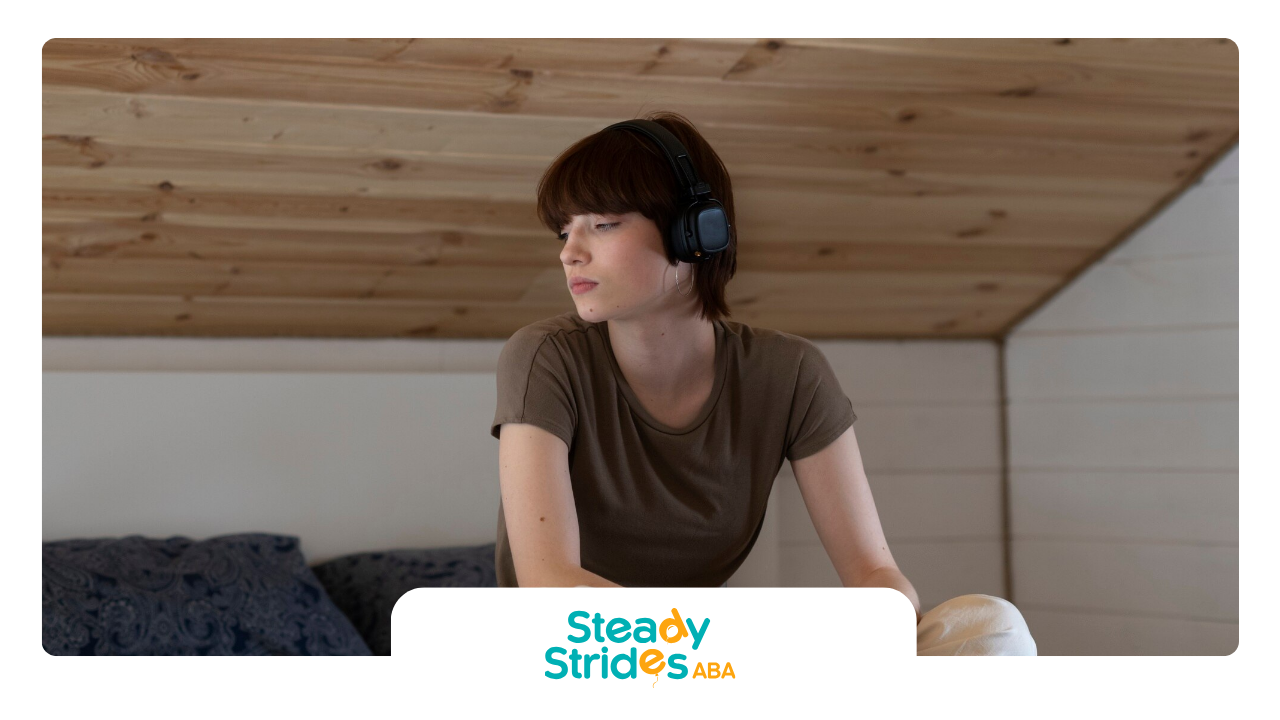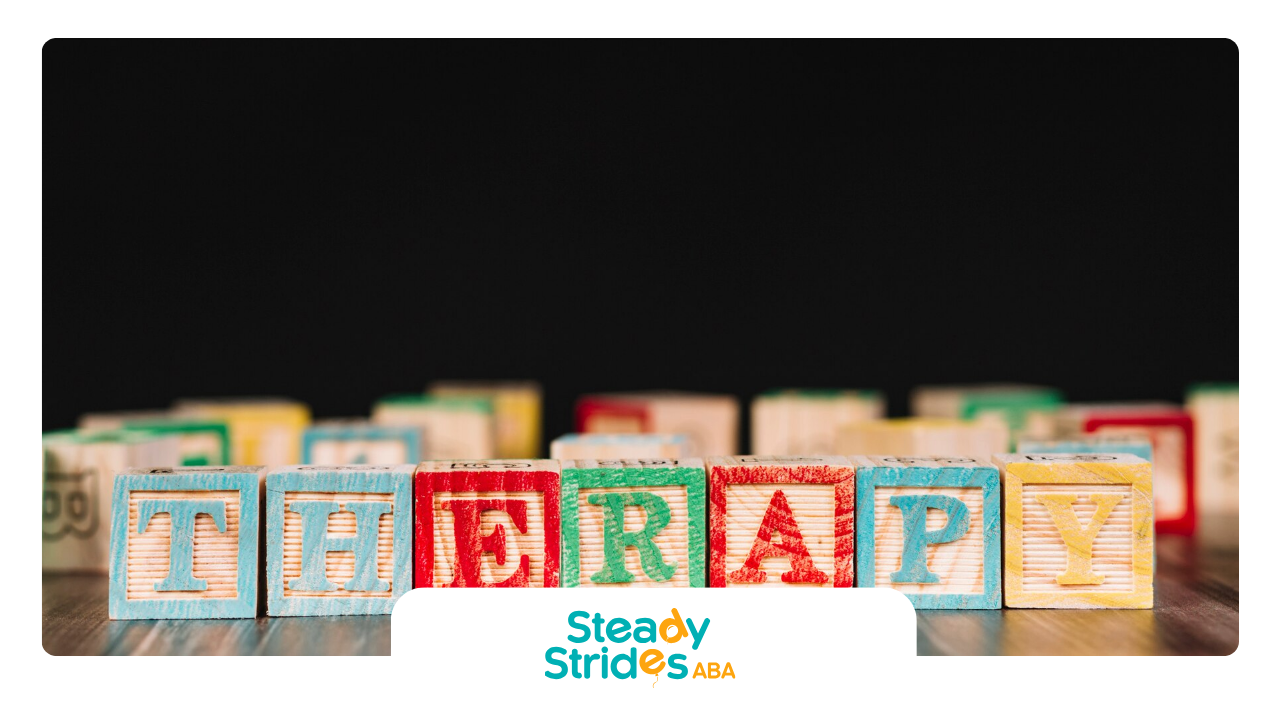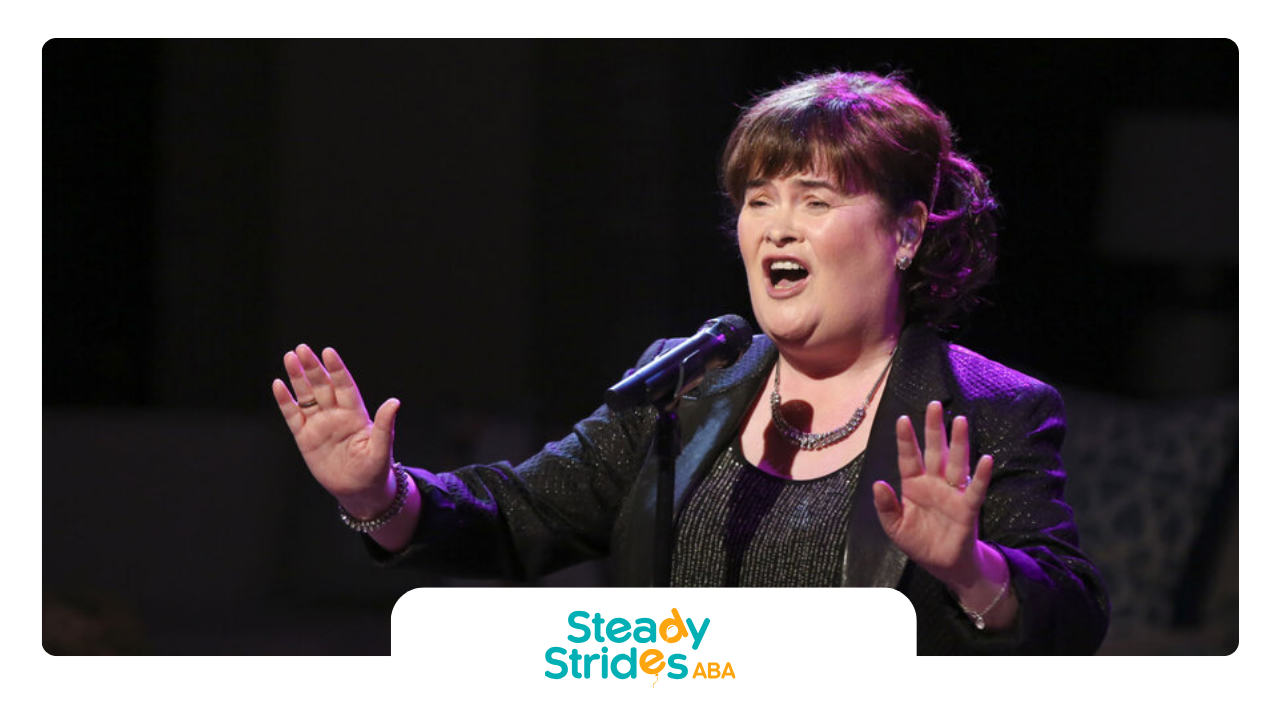Sensory issues are a common challenge for individuals with autism. Children on the autism spectrum often experience heightened sensitivity to certain stimuli or, conversely, may seek out excessive sensory input. This can lead to significant difficulties in daily activities, social interactions, and learning environments. One of the most effective therapeutic approaches for addressing sensory challenges is Applied Behavior Analysis (ABA) therapy.
In this blog post, we’ll explore how ABA therapy can help children with autism manage sensory issues, providing practical strategies and interventions that support sensory regulation and improve overall quality of life.
Understanding Sensory Issues in Autism
Before diving into how ABA therapy can help, it’s important to understand sensory issues in the context of autism. Children with autism often have sensory processing differences that affect how they perceive and respond to sensory information. This can manifest in a variety of ways, including:
- Hypersensitivity (Over-Responsiveness): Children may become easily overwhelmed or distressed by certain sensory stimuli, such as loud noises, bright lights, certain textures, or strong smells. This can lead to meltdowns or withdrawal from certain environments.
- Hyposensitivity (Under-Responsiveness): On the other hand, some children may have a reduced sensitivity to sensory input. They may seek out intense sensory experiences, such as spinning, jumping, or touching everything around them, to satisfy their sensory needs.
- Sensory Seeking: Children may actively seek out sensory input in a way that seems unusual to others, such as rubbing objects, staring at bright lights, or engaging in repetitive behaviors like hand-flapping or rocking.
These sensory challenges can significantly impact a child’s ability to function in everyday settings. Whether it’s struggling to focus in the classroom due to visual distractions or avoiding social interactions because of sensory sensitivities, addressing these issues is key to improving a child’s overall well-being.
How ABA Therapy Can Help with Sensory Issues
ABA therapy is a well-established approach for teaching children with autism how to develop new skills, manage behaviors, and cope with challenges, including sensory issues. ABA is based on principles of behavior analysis, which emphasize using positive reinforcement and systematic interventions to teach new behaviors and reduce problematic ones.
ABA therapy can address sensory issues in several key ways:
1. Identifying Sensory Triggers and Responses
One of the first steps in addressing sensory issues is identifying the specific sensory triggers that cause distress or discomfort for the child. ABA therapists work closely with families and caregivers to observe and document the child’s responses to various sensory stimuli. By understanding which specific inputs (e.g., certain sounds, lights, textures, or smells) cause discomfort or elicit sensory-seeking behaviors, therapists can create tailored interventions.
Through careful observation and data collection, ABA therapists can assess the child’s sensory needs and establish a clear picture of how sensory stimuli impact their behavior. This helps in developing strategies that are individualized for the child’s unique needs.
2. Teaching Sensory Regulation Skills
Once the sensory triggers are identified, ABA therapists can help the child develop strategies for managing sensory input. These strategies are designed to help the child regulate their sensory responses in a way that minimizes distress and improves functioning.
For example, an ABA therapist may teach a child who is sensitive to loud noises to use noise-canceling headphones during overwhelming situations. Or, for children who seek sensory input through repetitive behaviors, therapists can work with them to engage in more appropriate and manageable ways of meeting those sensory needs, such as squeezing a stress ball or using a weighted blanket.
Through ABA therapy, children can also learn calming techniques, such as deep breathing exercises, visual schedules, or sensory breaks, which help them cope with overwhelming sensory experiences and regain control over their emotions.
3. Gradual Desensitization and Exposure
For children who are hypersensitive to certain stimuli, ABA therapy can utilize a technique called desensitization. This involves gradually exposing the child to the sensory stimuli that cause discomfort in a controlled and supportive way. The goal is to help the child become more comfortable and less overwhelmed by those stimuli over time.
For example, if a child has a strong aversion to certain textures, such as soft fabrics or certain foods, an ABA therapist may gradually introduce those textures in a non-threatening way. This could involve starting with less intense sensory experiences and slowly building up to more direct exposure, all while reinforcing positive coping behaviors.
Desensitization is done at a pace that is appropriate for the child’s comfort level, and progress is closely monitored to ensure the child’s emotional well-being throughout the process.
4. Positive Reinforcement of Sensory Coping Behaviors
ABA therapy is grounded in positive reinforcement, which involves rewarding a child for demonstrating desirable behaviors. When it comes to sensory issues, this means reinforcing positive coping mechanisms, such as using self-regulation tools, communicating discomfort, or engaging in appropriate sensory-seeking behaviors.
For example, if a child is able to use a coping strategy, such as putting on headphones in a noisy environment or requesting a break when feeling overwhelmed, the therapist will provide reinforcement (such as praise, tokens, or small rewards). This helps to increase the likelihood that the child will use these strategies more consistently in the future.
Positive reinforcement encourages children to take an active role in managing their sensory needs and fosters greater independence over time.
5. Sensory-Friendly Environments
ABA therapists also work with families to create sensory-friendly environments that minimize sensory overload and enhance comfort. This might involve making changes at home, school, or in community settings to accommodate the child’s sensory preferences.
For example, an ABA therapist may suggest using dim lighting, reducing background noise, or incorporating sensory breaks into the child’s routine. In some cases, changes to the environment, such as adding sensory tools (e.g., fidget toys, calming music, or textured surfaces), can make a significant difference in how the child responds to sensory stimuli.
Creating these supportive environments helps the child feel more secure and less overwhelmed, allowing them to engage more fully in social activities, learning, and daily routines.
The Role of Parents and Caregivers in Sensory Regulation
Parents and caregivers play a crucial role in supporting children with sensory issues. ABA therapists work closely with families to educate them on the child’s sensory needs and provide strategies for reinforcing sensory regulation at home. This collaborative approach ensures consistency in how sensory challenges are managed across different environments.
Parents can help by:
- Creating sensory-friendly spaces at home (e.g., quiet rooms, sensory corners).
- Encouraging the use of sensory coping tools (e.g., noise-canceling headphones, fidget toys).
- Implementing sensory breaks into the child’s daily routine.
- Providing praise and reinforcement for positive sensory regulation behaviors.
How Steady Strides Can Support Your Child with Sensory Issues
At Steady Strides, our team of experienced therapists specializes in providing ABA therapy to children with autism, including those who face sensory challenges. We work closely with families to identify sensory triggers, teach regulation strategies, and create a plan that is tailored to your child’s needs.
If your child is struggling with sensory issues, Steady Strides can provide the support they need to navigate the world around them with greater ease and confidence. Our individualized ABA programs are designed to help children manage sensory sensitivities, build coping skills, and thrive in their daily lives.
Frequently Asked Questions
How does ABA therapy address sensory issues in children with autism?
ABA therapy helps children with autism manage sensory issues by identifying sensory triggers, teaching self-regulation strategies, and using positive reinforcement to encourage positive behaviors. Therapists may also use gradual desensitization techniques to help children become more comfortable with certain sensory stimuli.
Can ABA therapy help children who are hypersensitive to sensory input?
Yes! ABA therapy can help children who are hypersensitive to sensory input by using desensitization techniques, providing sensory breaks, and teaching coping mechanisms like deep breathing or using sensory tools (e.g., headphones, fidget toys).
How can parents support their child’s sensory regulation at home?
Parents can support their child’s sensory regulation by creating sensory-friendly environments, encouraging the use of coping tools, and providing sensory breaks. Collaboration with an ABA therapist can help parents reinforce strategies that work best for their child’s unique needs.
Resources:
- https://www.autismspeaks.org/sensory-issues
- https://www.autism.org.uk/advice-and-guidance/professional-practice/sensory-strategies
- https://www.autismparentingmagazine.com/aba-principles/
- http://www.autism-help.org/behavior-desensitization.htm
- https://pmc.ncbi.nlm.nih.gov/articles/PMC5340079/












